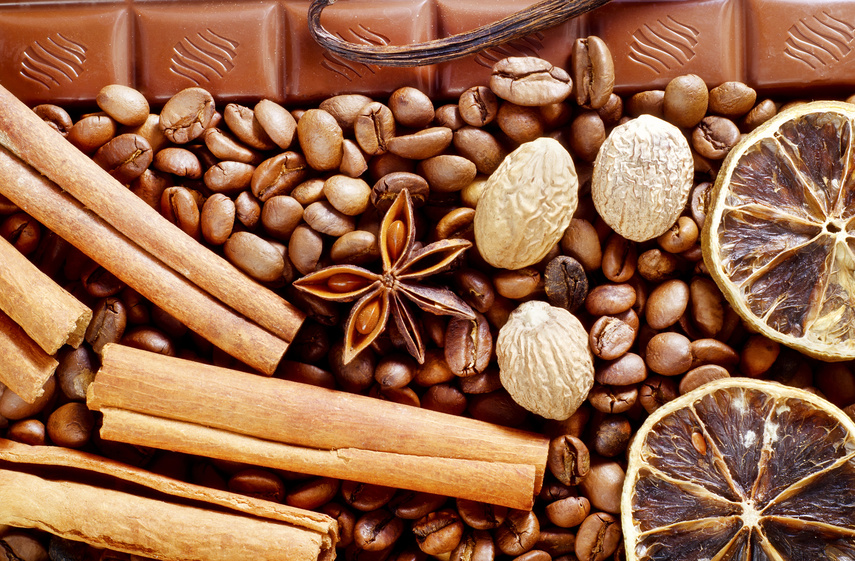Depending on the wine, it can offer a wide range of aromas. To know how to identify them, we show you what types of wine aromas exist.
Talking about wine is rather like reciting poetry, except that in this case, nothing has to be learned by heart. The same wine can be enjoyed in different ways, depending on who is tasting it. When describing a wine we often begin with the sense of smell, and then our imagination takes over. There are multiple adjectives that can be used to describe a wine and highly-qualified sommeliers are expert at doing this, seamlessly associating words with olfactive sensations. Here we guide you through the 1001 aromas of wine, from freshly-picked grapes to bottled wine.
Primary aromas
Aromas come first and foremost from the grape, even if grape juice in itself is not particularly aromatic. It is the organic elements of the grape pulp and skin which give us what are called primary aromas. Each grape variety has a signature aroma which is more or less pronounced: for example, Muscat grapes are very expressive.
Secondary aromas
Alcoholic fermentation does not simply transform sugar into alcohol and grape juice into wine. The yeasts and bacteria also work to produce another set of aromas, referred to as secondary. The type of aroma produced is influenced by various elements including the kind of yeast used or the fermentation temperature.
Tertiary aromas
Tertiary aromas occur at the end of the wine making process when the wine is matured in barrel. They are a result of extraction or may also derive from chemical reactions which happen during the barrel-ageing process.
Aroma families
It would take many lengthy articles to name and describe all the aromas to be found in wine – an aroma wheel has even been created to help guide tasters – so we will simply name the main families and thus allow the reader to familiarise him/herself with the subject. Broadly speaking, the groups are fruity, woody, floral, spicey, vegetal, chemical and animal (descriptors such as nail varnish, nail varnish remover, hare’s belly and cat pee are included in the last two groups). And so it goes on…
Could you describe a wine’s aromas? We invite you to come and see us in Saint-Emilion where you can not only visit the châteaux and vineyards but also a museum where you can test your sense of smell and descriptive skills.
Solene Duclos
Latest posts by Solene Duclos (see all)
- The Appellation d’Origine Contrôlée and its secrets - 15 March, 2019
- Wine guide… Follow the guideline - 26 February, 2019
- The health benefits of organic wine - 9 September, 2015


